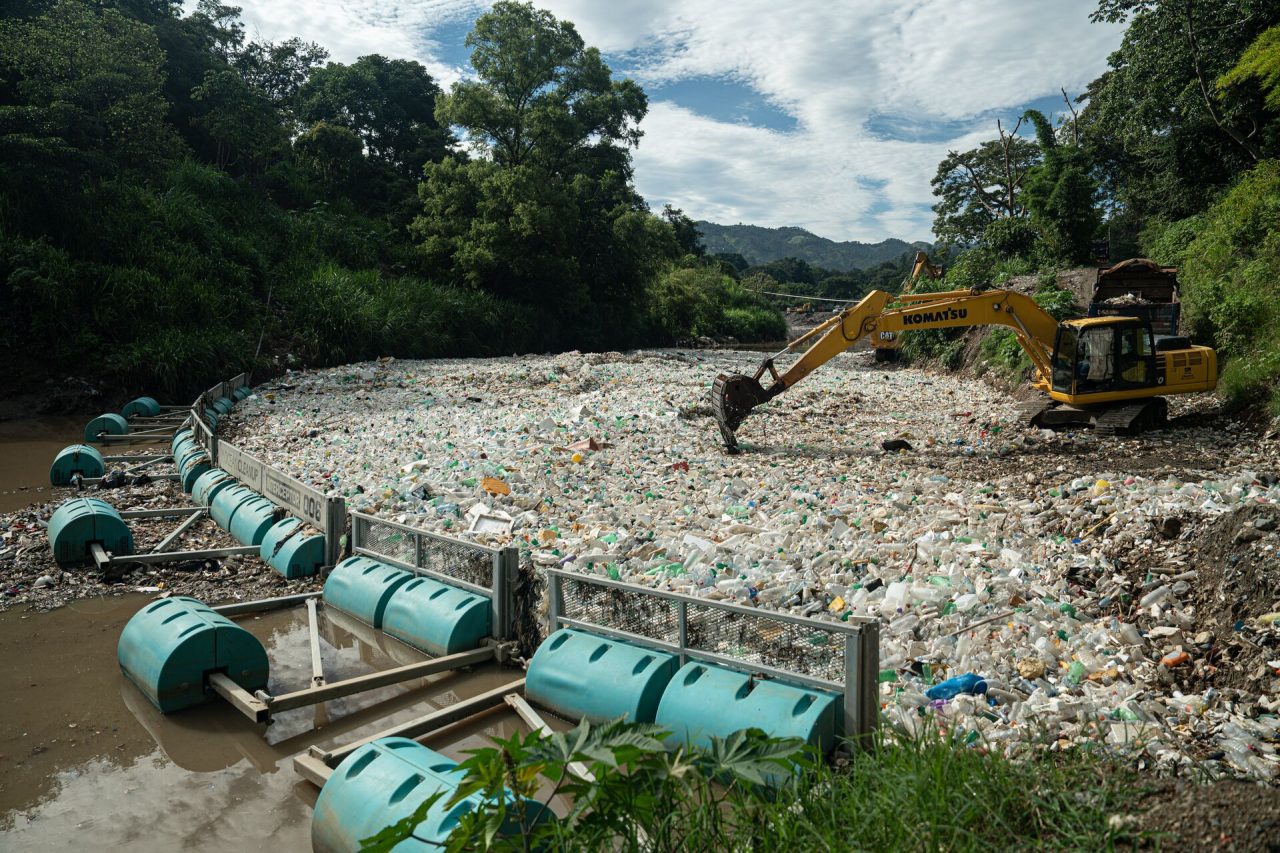Highly engaged marine users can help monitor marine plastic pollution in under accessed environments
October 2025, article in a peer-reviewed journal
Ocean & Coastal Management
Peter S. Puskic, Isabelle Cramer, Emma Church, Emily Deery, Matthias Egger, Natalie Fox, William P. de Haan, Laurent Lebreton, Arianna Liconti, Anna Sanchez-Vidal and Helen Wolter
- Publication type: article in a peer-reviewed journal
- Publication journal: Ocean & Coastal Management
- Publication date: October 2025
- Collaborators: The Ocean Cleanup, Rotterdam, the Netherlands The Centre for Marine Socioecology, Hobart, Australia The Institute for Marine and Antarctic Studies, Hobart, Australia PADI AWARE Foundation, Bristol, United Kingdom Empaqtify, St. Gallen, Switzerland Ocean Literacy Observatory - MARE | NOVA, Lisbon, Portugal GRC Geociències Marines, Universitat de Barcelona, Barcelona, Spain The Modelling House, Raglan, New Zealand OutBe, Genova, Italy
- DOI: 10.1016/j.ocecoaman.2025.107983
Abstract
Citizen and community science programs have been instrumental to generating large datasets in natural sciences, while simultaneously engaging participants in science and the environment. Community led and citizen science projects have seen broad application to plastic pollution monitoring and cleanup efforts due to the abundance of plastic pollution in all environments around the globe. Here we highlight the work of a niche group of community scientists, we call, highly engaged marine users. This group of community scientists demonstrate a high level of connection to, and understanding of the ocean and are equipped with a set of specific skills and knowledge that are required for their work. We present case studies regarding plastic pollution monitoring by highly engaged marine users working in three understudied marine environments (1) surfers, paddleboarders, and kayakers in the nearshore environment, (2) recreational divers at the seafloor, and (3) recreational and professional seafarers in the open ocean. We reflect on the success of these programs highlighting the role of scientists in providing support in the study design, and execution of project efforts. We demonstrate that highly engaged marine users are key to executing plastic pollution monitoring in understudied marine environments across the globe and that engaging this group will be pivotal in meeting global needs of monitoring marine debris across the global ocean.

